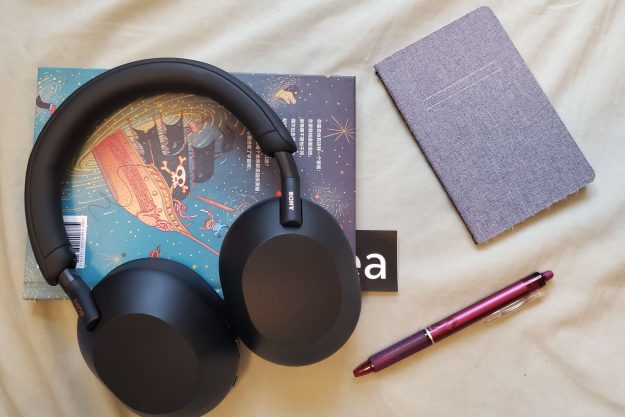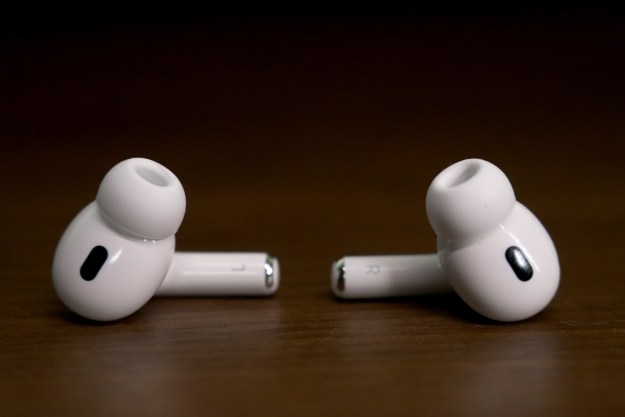Face it: Your CD collection is starting to look a little antiquated. It’s okay, you and that tower of discs had a good run – and Thriller is still a good album – but it’s time to move on and go digital.
How you go about making the transition depends on a lot of factors. Many companies have attempted to smooth the tedious process of ripping CDs to MP3s with a desktop computer, with some even going so far as to do it for you if you mail CDs to them. But at the end of the day, your music still ends up on a computer, not in your stereo. While there’s a whole other market for devices to stream audio from a computer to a home audio system, one company has taken the entire operation, from ripping to storage, and put it into one device.
Olive’s Opus No. 5 is a digital audio warehouse-in-a-box. Given its diminutive size, you would never guess there are 2,200 CDs worth of audio hiding inside, hardware to access it wirelessly from a computer, or an optical drive to rip and burn CDs, but it’s all there.
Image Courtesy of Olive
While setting up all the No. 5’s features will doubtless take some finagling (a task any true audiophile will be happy to undertake), operation is designed to be quite simple. Ripping a CD requires only the controls on the unit’s face, and once the tracks make it onto the device’s hard drive in the desired bitrate, the album name, artist, track titles and other metadata will be automatically picked up from the internal database of 2.4 million albums. After the music has been archived, playing it involves navigating to it through a variety of menu options, just like any other digital audio player.
The Olive No. 5 is no iPod. It’s targeted squarely at the audiophile crowd, with all the technical specs to back it up. For instance, hard drive capacities of up to 750GB mean no bit or byte must be spared in the encoding process, and support for the lossless FLAC audio format is standard. In other words, every CD loaded into the Olive can be there in its entirety, with no shrunken sampling rates or shaved off frequencies.
Since serious management of an entire digital music library will sometimes require a mouse and keyboard, the Opus No. 5 includes a Web interface that can be accessed by adding it to a homenetwork, either by hard wire or Wi-Fi. The interface, dubbed RONDO, can be opened via a browser window and allows users to directly edit MP3 tags, create playlists, and control the unit remotely.Combined with a Wi-Fi-enabled PDA, RONDO can actually serve as a sort of advanced remote.
Internet radio stations also come into the picture once the Opus gets Web access, with a set of predefined stations plus the ability to add more by linking directly to .pls or .m3u files. And for those who would rather expand the collection of music they own, Olive’s partnership with MusicGiants makes it possible to download a variety of collections and playlists in high quality.
With a price tag that starts at $2,999 for the 400GB version and climbs to $3,999 with a larger 750GB drive, the Opus No. 5 will certainly not be winning any awards for “bestvalue.” But if style and music quality are high on your priority lists, the unit just may warrant some further investigation. You can find more information from www.olive.us.
Editors' Recommendations
- Best gaming TVs of 2024 for Xbox Series X, PS5, and more
- Perfect for 4K and 8K: The 5 best HDMI cables for 2024
- The 5 best soundbars for Samsung TVs in 2024
- The 5 best projectors for a bedroom in 2024
- The 5 best projectors under $500



